|
When King Tutankhamun (Tut's) tomb was discovered by Howard Carter in November 1922, little did he know it would take him 10 years of clearing and cataloging to archive it's contents. It is crazing to think that in a couple thousand years or so, someone or something will be excavating our graves and landfills, possibly mistaking them for time-capsules. King Tut's burial jewelry included bracelets, anklets, buckles, scarabs, pendants, necklaces, earrings, collars,and rings; along with headdresses, chariots, weapons, musical instruments, and so much more.
It would not be shocking for someone to unearth Michael Jackson's tomb underneath the Neverland carousel to find him covered in slap bracelets and silly bands. Given his overall popularity he would have been the ideal spokesperson for both the bracelets and the bands. In the 80's and 90's he could have promoted Thriller themed slap bracelets. Followed by hocked silly bands in new millennium in part to his kids love for them. Slap bracelet were invented in 1983 by Stuart Anders a high school shop teacher. Anders went on to make millions, and is an icon of the American dream. On the other hand Silly bands were invented in 2002 by Passkey Design in Japan. Originally they were an innovate design approach to curbing wasteful rubber-band use. Not that this was a prominent pollution problem. But as a result of this environmental endeavor, the entire thing backfired, creating worldwide hysteria and need for these fashionable bracelets. Funny how their original purpose went completely out the window where silly bands became detached from any notion of use. It is difficult to bring philanthropy and fashion together. The campaign bracelet attempted just that, with 80 million LiveStrong bracelets sold between 2004 and 2013, they unquestionably brought awareness, however in the end, the world was duped by Lance Armstrong. Even though we were all hurt, it was and is the LiveStrong Foundation and their constituents that are the true survivors. First and foremost, it is rather ironic Armstong, a cancer survivor and seven-time Tour de France winner, would use the same medical practices (blood transfusions) to partake performance enhancing drugs. All the while aware of the deception, Armstrong created a non-profit to try to defeat cancer. And in doing so they use 100% synthetic silicone bracelet which may in fact be somehow linked to cancer, either via the material's composition or the it's manufacturing processes. Whichever the case, it is too bad Armstrong didn't opt for sustainability. But based on the silly bands, such might not be the case.
0 Comments
Leave a Reply. |
LAJ
100 Objects of Popular and Material Culture is an blog exploring the manifestations of human consumption and commodity-ization. The purpose of this experiment is to explore material and popular culture in contemporary society by using objects and concepts to prompt wider questions and reflections. So by emulating The British Museum's and Neil MacGregor's format of A History of the World in 100 Objects I plan to satirically analyze and reinterpreted 100 material culture objects over the course of 2014. Material Culture is the study of our culture's consumption of stuff; namely the manifestation of culture through material productions where people's perceptions of objects is socially and culturally dependent. With this, objects reflect conscious and unconscious beliefs on the the individuals who fabricated, purchased, or used them, and by extension the society where they live. So examining materiality, cultural truths and societal assumptions may be discovered. As anthropologist Arjun Appaduai states "in any society the individual is often caught between the cultural structure of commodity-ization and his own personal attempts to bring a value and order to the universe of things." Objects and commodities make up a much larger symbolic system consisting of want and need, socio-economic status, fashion, etc. Often times form follows function whether the commodity, market, and or consumer forever evolve around one-another. Philosopher Pierre Bourdieu's theories of capital flow full circle; where regardless if you are a minimalist or a hoarder the world is made up of things and everyone will leave their footprint on the earth. So by humorously analyzing marketed objects and concepts, hopefully this blog will provide further incite into ideas of over-consumption, a disposable society, consumerism vs. anti-consumers, planned obsolescence vs. sustainability, as well as the greater good of mankind and future generations. Archives
March 2015
Categories |
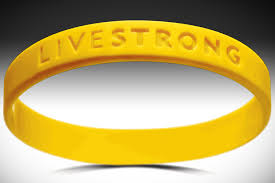
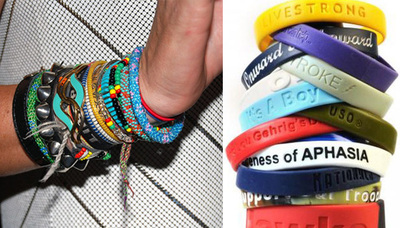
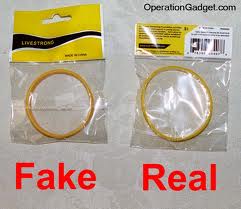
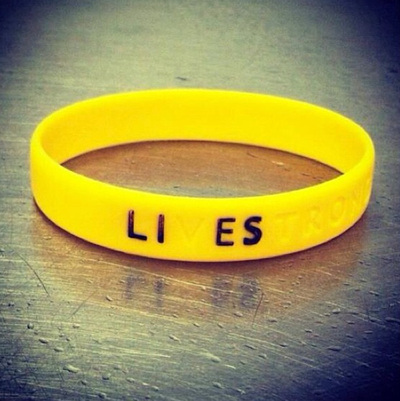

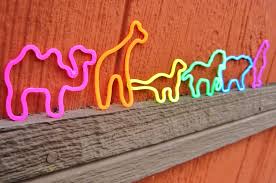
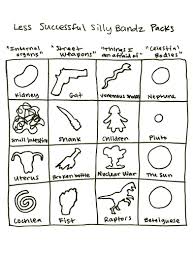
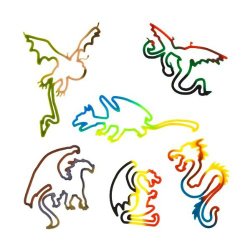
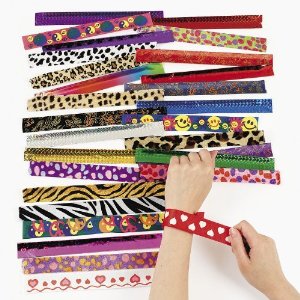
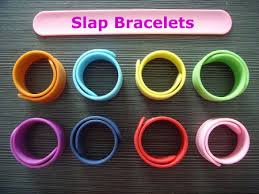
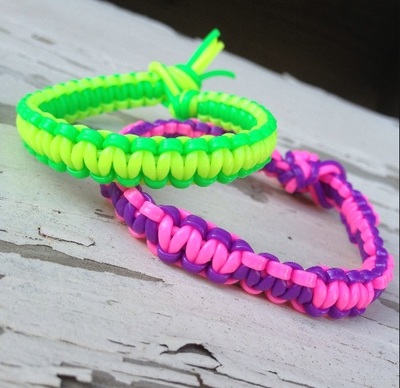
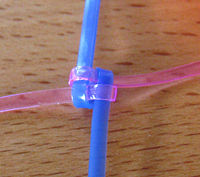
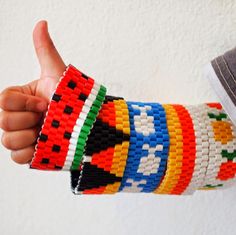
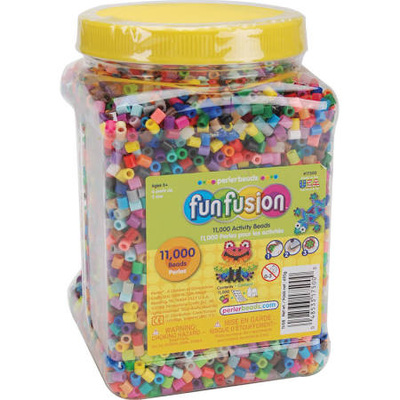
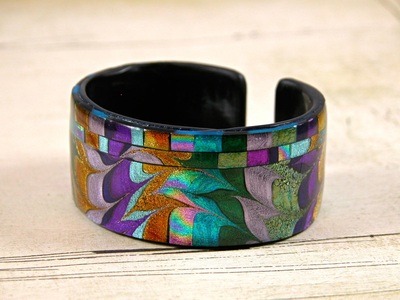
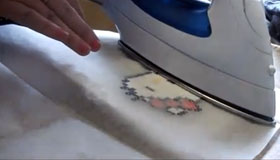
 RSS Feed
RSS Feed